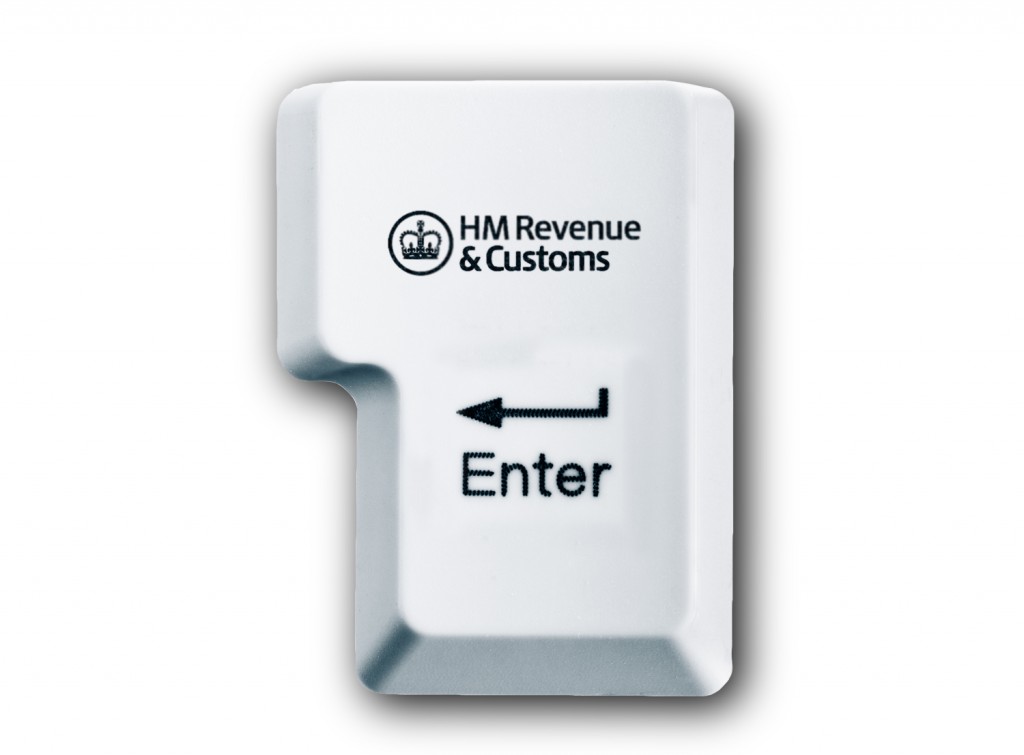
The report looks at how satisfied taxpayers are with HMRC services, how many phone calls are answered, how HMRC is dealing with online enquiries, and how quickly queries are resolved.
It found that 79.8% of taxpayers were either ‘satisfied’ or ‘very satisfied’ with HMRC phone, webchat and digital services, just short of HMRC’s target of 80% customer satisfaction.
HMRC’s ‘Net Easy’ score was 61.6, against a target of 70. Net Easy represents the percentage of positive responses minus the percentage of negative responses to HMRC customer surveys.
People were asked ‘how easy was it to deal with us today?’ A positive response is those who said ‘easy’ or ‘very easy’. A negative response is those who said ‘hard’ or ‘very hard’. The measure is an index that ranges from 100 (all positive responses) to minus 100 (all negative responses).
HMRC said it received about 90,000 webchats and handled 97.7% of these. But the proportion of phone calls answered was much lower. HMRC received more than 2.1 million calls in December, with about 1.4 million callers requesting to speak to an adviser, but only 72% of these were answered against a target of 85% of telephone adviser attempts.

Wellness and wellbeing holidays: Travel insurance is essential for your peace of mind
Out of the pandemic lockdowns, there’s a greater emphasis on wellbeing and wellness, with
Sponsored by Post Office
HMRC received around 1.6 million iForms and items of post, of which around 1.3 million required a response. The proportion it turned around within 15 days was 75.1%, compared to a target of 80%. It said that 91.4% of correspondence was turned around within 40 days, against a 95% target.
More taxpayers could ‘help themselves’
HMRC said more taxpayers could ‘help themselves’ by using its online services.
It said: “More than three million of the phone calls we received in 2022 to 2023 were about just three things that can easily be done online: resetting a password, getting your PAYE tax code, and finding your National Insurance number. It takes the equivalent of 500 advisers to answer those calls.
“It means those people who really need to speak to an HMRC adviser – including those with complex queries, the digitally excluded and the particularly vulnerable – can struggle to get the help they need.
“The only way we can meet those service levels for customers who really need to speak to us is by further improving and expanding our digital and online services and continuing to direct even more people to use them.”
Last summer, the tax office closed its self-assessment helpline for a three-month period.




